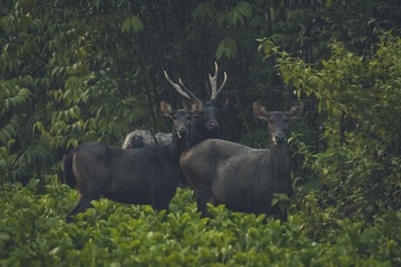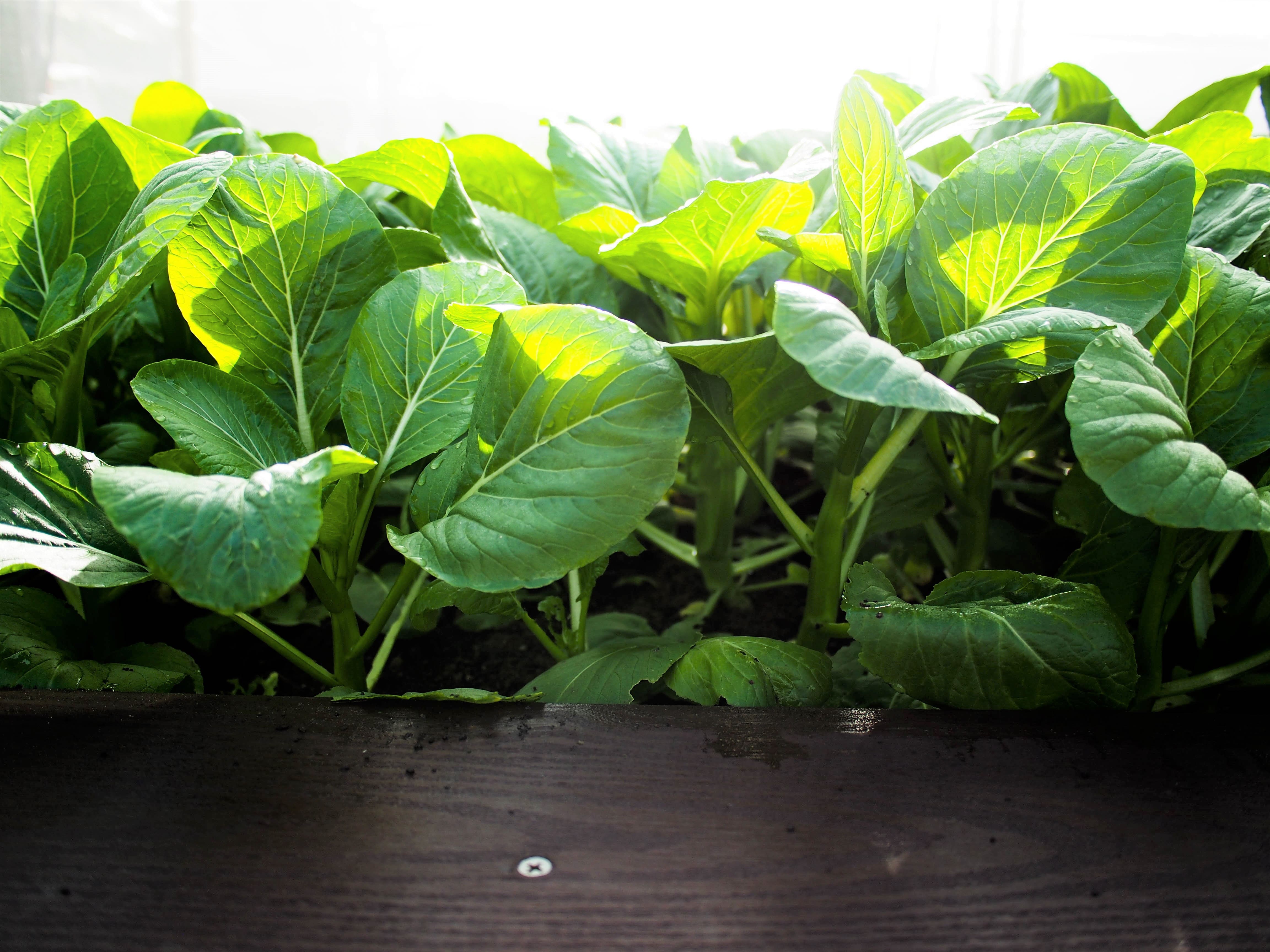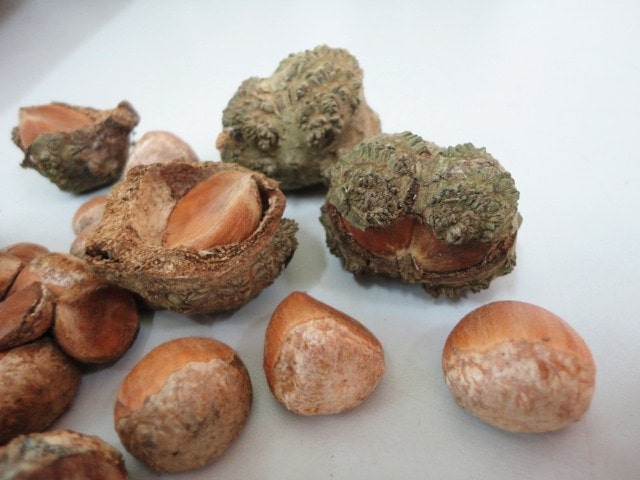O Deer
So celebrate the year-end holidays by getting to know these other ‘deers’.
Lesser Mousedeer

Photo credit: Max Khoo
Weighing 2 kg and standing at about 45 cm at adulthood, the Lesser Mousedeer (Tragulus kanchil) is one of the world’s smallest known hoofed animals. While its upperparts are reddish brown, the underside of its neck has three white stripes. It has a short rail and slender limbs.
While this native species does not have antlers like a deer, it still “packs a punch”
with elongated canine teeth that the males often use in fights! It can be found in mature forests of the Central Catchment and Bukit Timah Nature Reserves and is largely solitary although it can be spotted in pairs. It feeds on leaves, shoots, fungi and fallen fruit.
Previously classified as Critically Endangered in Singapore, a new study shows that the Lesser Mousedeer population has increased four-folds and it is now listed as Endangered locally.
While there were fewer than 50 Lesser Mousedeer in the 1990s, there are now around 160 to 200 living in Singapore. Intensive reforestation and habitat enhancement efforts under the NParks Nature Conservation Masterplan as well as increased capabilities and support from the scientific and nature community are some likely reasons for this increase. By ensuring Nature Reserves are out of bounds from between 7 pm to 7 am also helps to reduce disturbance to the animal and facilitate its foraging after dark.
Greater Mousedeer

Photo credit: Marcus Chua
The Greater Mousedeer (Tragulus napu) is a small creature with pencil-thin legs, but more robust than the Lesser Mousedeer. Its fur is rufous brown in colour and it has two pairs of white marks down the front and sides of its neck. It can grow to about 52 to 57 cm in height.
This nocturnal creature prefers to feed alone on fallen fruits and the soft new leaves of understorey plants and other vegetable matter. While it is widespread in Southeast Asia, in Singapore, it is known only from one offshore island.
Sambar Deer

Photo credit: Bryan Lim
The Sambar Deer (Rusa unicolor) is one of the largest deer species in the world, after the Moose and the Elk. It mostly inhabits wooded habitats from dense rainforest to open deciduous forest and secondary forest.
Most active at dusk and at night, it rests among thick vegetation in the day. It lives in small herds and usually communicates by scent marking and foot stamping. Its diet consists of a wide variety of vegetation including grasses, leafy foliage, fruit, water plants, shrubs and trees.
Deer Antlered Phalaenopsis
.jpg?h=306&w=399)
Photo credit: Charis Chiang
Want to have a ‘deer’ right in your garden? How about cultivating this native orchid that resembles deer antlers?
A large robust orchid, the Deer Antlered Phalaenopsis (Phalaenopsis cornu-cervi) gets its name from the antler-like flattened rachis (stem bearing flower stalks). Its long-lasting flowers are arranged in rows, ranging from dark cinnamon-red (either banded or blotched) to yellow and pale green.
While the genus Phalaenopsis means moth-like, which refers to the flower form, the specific epithet, cornu-cervi, means shaped like a deer’s horn or cornu-cerva. While native to Singapore, it can also be found in other countries in the Southeast Asian region such as Malaysia, Thailand, Vietnam, Myanmar and the Philippines.
Behaviour between Native Species
Want to know more about how the Lesser Mousedeer population has increased?
NParks research shows a co-occupancy behaviour between the Lesser Mousedeer and two other ungulate, or hoofed, native species – the Wild Boar (Sus scrofa) and Sambar Deer. The three animals have different active periods and diets and the study found no evidence that the Wild Boar and Sambar Deer competitively excluded the Lesser Mousedeer.
This also means that it is important not to feed Wild Boars as it may fuel their population number which may then affect the population of other species like the Lesser Mousedeer. This study, part of NParks science-based approach to our work, helps us formulate wildlife management and conservation efforts.
Living in Our City in Nature
To ensure the well-being of our biodiversity, visitors to our nature parks and reserves should adhere strictly to the opening hours of 7 am to 7 pm. Disturbances to the nocturnal animals’ activities could mean disruptions to their natural behaviour, which can include them venturing outside the nature parks and reserves. This will endanger both their own safety and that of the general public.
Learn how to enjoy nature responsibly by observing some simple practices. In addition to the wildlife in Singapore, learn more about our Urban Biodiversity.
If you are heading to our green spaces, do the right thing and be socially responsible. Maintain a safe distance from other park goers and keep to not more than five persons in a group, with no intermixing between groups. Always wear a mask except when you are engaged in strenuous exercise or when consuming food, drink or medication.
Do check out the visitorship levels of our parks using our safe distancing portal before you head down and avoid the ones with high visitorship.
Visit NParksSG, our refreshed YouTube Channel that serves as a one-stop repository for close to 300 video resources. It also provides you a platform for existing and future digital outreach including DIY gardening and related crafts, virtual tours of our green spaces, and livestream events.
Interested to learn about the flora and fauna found in Singapore? Visit NParks Flora & Fauna Web here.
If you like what you read, follow us on Facebook, Instagram and Telegram to get the latest updates.





Have views or comments on this article? Let us know via this form. If you would like to give us feedback on any other areas relating to our parks and gardens, please submit via https://www.nparks.gov.sg/feedback